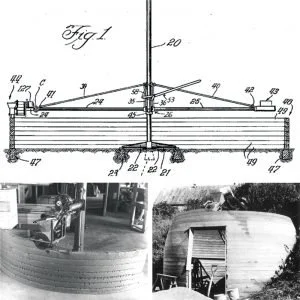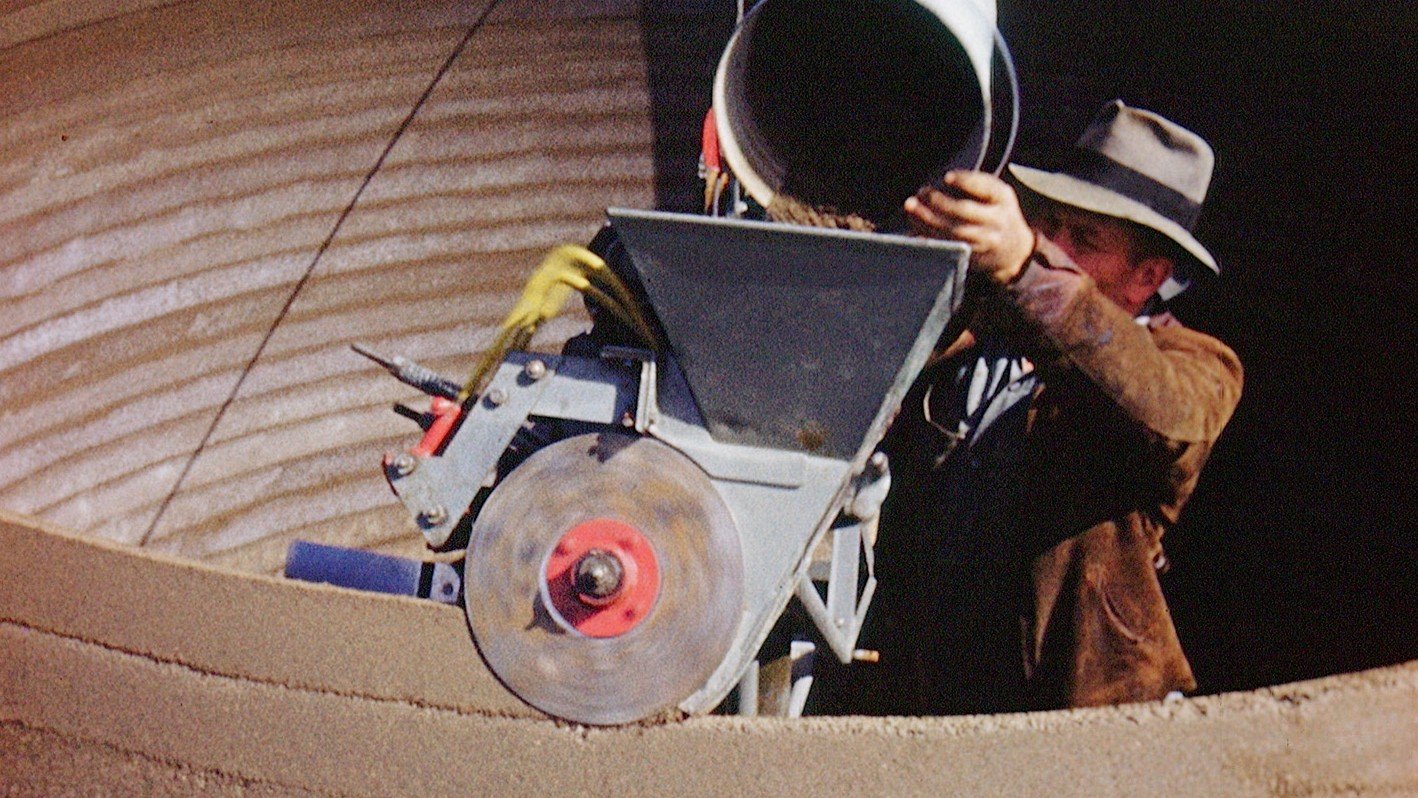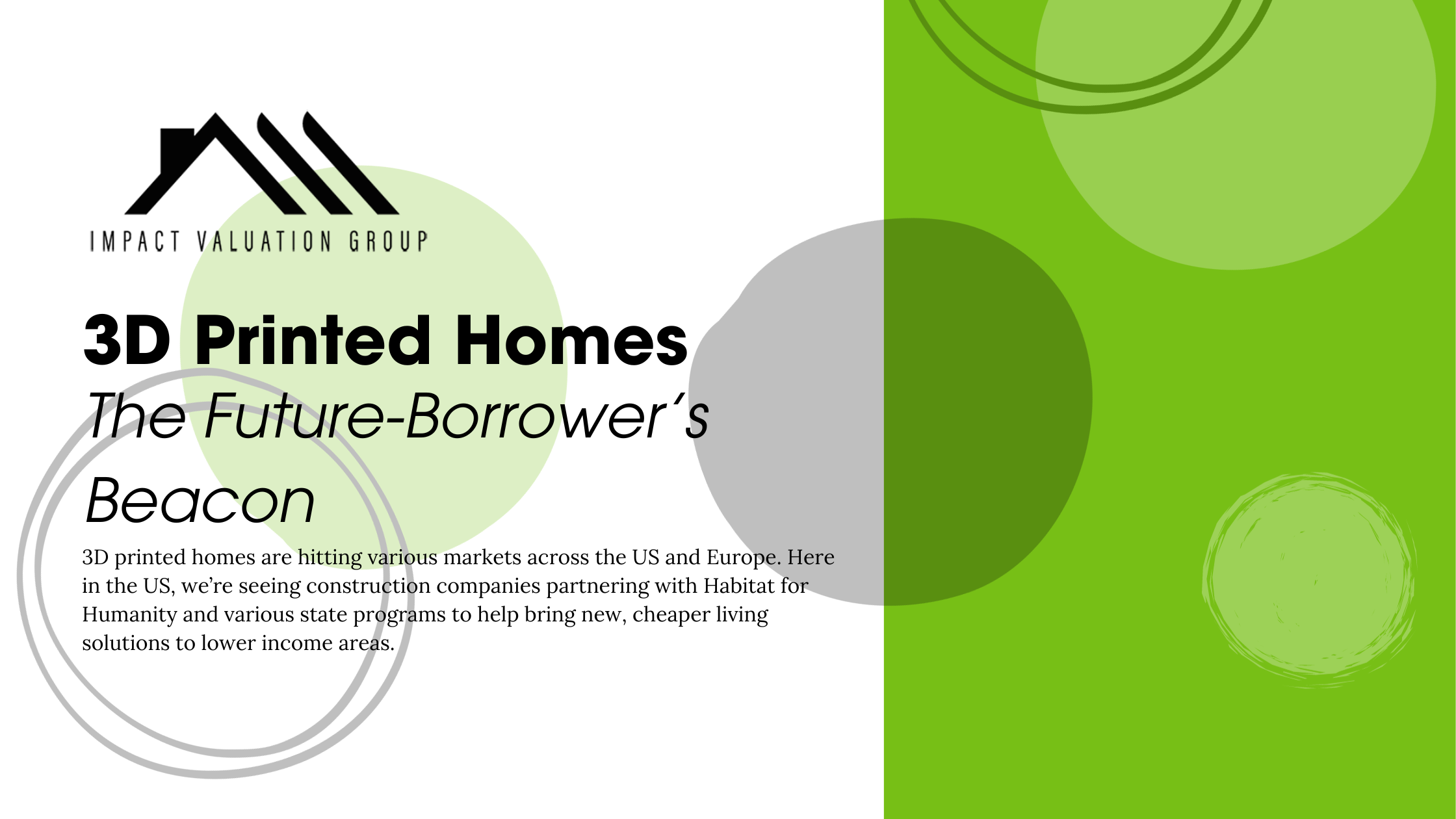3D Printed Homes: The Future Borrower’s Beacon
The future is officially here, 3D printed homes are hitting various markets across the US and Europe. Here in the US, we’re seeing construction companies partnering with non-profits and various state programs to help bring new, cheaper living solutions to lower income areas. This cost-cutting construction solution is helping pave - pun intended - the way for more energy efficient homes and more affordable options to help tackle the growing housing crisis facing the US. Keep reading to learn about the history of 3D printing and how it has led up to the production of 3D printed houses.
80 years of printing
While being a seemingly new public commodity, 3D printing can actually trace its roots all the way back to the 1930s. In 1939, Inventor William E. Urschel created the first 3D printed concrete building in Indiana. His simple machine consisted of an automatic ramming mechanism that compressed and smoothed the concrete between spinning disks, layering the material as it was dispensed. By 1941, Urschel had filed for a series of patents for his fantastical “Wall Building
Machine” that could fabricate multistory structures with integrated reinforcement and self-supporting domes, all printed in concrete. Urschel also paved the way for plastic 3D printing with his 1942 patent for a “Molding and Depositing Machine for Solidifiable Plastic Materials”, an extension of his original machine that could now incorporate plastic instead of concrete.
The machine had to be manually filled with a dry concrete mix and sizable aggregate, but the spinning disks would automatically compress the concrete mix into a smooth and consolidated consistency. Unfortunately for Urschel, it would be another 30 years before the inkjet printer’s concept of using technology in a controlled, layer-by-layer manner started to help bring his 3D printer for buildings to present day execution.
The 1980s welcomed the invention of photo-hardening of plastic polymers. Discovered in 1981 by Hideo Kodama of the Nagoya Municipal Industrial Research Institute of Japan, it eventually helped architecture firms print small, tabletop 3D models instead of more expensive and time-consuming handmade replicas.
1984 saw American Engineer Charles Hull invent Stereolithography, a printing process that creates a tangible 3D model from a simple image by pointing a UV laser at liquid polymer. 1984 also saw the addition of the STL file format, which is still today’s most common 3D printing software. With the Stereolithography process patented by 1986, Hull went on to develop the first Stereolithography 3D printer in 1988.
It wouldn’t be until another 20 years later that these techniques would be applied to architecture again. In 2004, Italian engineer, Enrico Dini developed the D-Shape 3D printer. This type of printer uses a binder jetting technique with a mixture of sand and inorganic binding materials to create large-scale structures. Two years later, MIT developed a large, robotic arm that could be easily controlled and was able to print using concrete or recycled plastic through a conventional construction nozzle. Then, in 2009, 3D printing with concrete was resurrected by researchers and companies looking for new opportunities for architectural applications, officially kicking off 3D printed small homes, offices, and earthquake-proof columns.
Today, we have refined Urschel’s mortar mixture into a specially formulated, quick-setting mortar mix that doesn’t need the extra steps of smoothing and consolidating, and there are an ever-growing number of 3D printed homes on the market ranging from simple, small, cost-effective homes, to two-story houses, and everything in between.
Benefits of 3d home construction
Quick construction
Keeping in mind that construction 3D printers can only create the foundation, external walls, and internal walls, it can be an up to 40% faster method of construction when compared to traditional construction methods. As this technology continues to develop and be refined, there is still a lot of room for bringing down construction times farther, which in turn will help to reduce the cost of construction as well. While actual project time relies mostly on the size of the project, construction of 3D printed homes lasts a few days instead of weeks or even months.
Less labor, much less money, nearly zero-Waste
Along with the faster build times, construction 3D printing only requires a few people on site as opposed to an entire crew of manual laborers, thus reducing labor costs as well as reducing potential construction-related injuries and deaths for manual laborers. The most expensive cost of construction 3D printing is the 3D printing equipment itself as all new, cutting-edge technology is, but as the technology evolves, these costs will continue to fall.
The 3D printing company ICON is working on building 600 sqft 3D printed houses that start at just $4,000. Once all the electrical, plumbing, and other necessities are added, companies hope that final housing prices will fall around $150,000. Along with reducing labor and overall costs, these companies are also noticing their smaller carbon footprint when compared to a traditional construction method. Construction 3D printing requires limited equipment, way less transportation, and is generally a low-waste process with potentials of being a zero-waste process since the 3D printing process prints homes to exact specifications, there isn’t leftover wood and metal once the build is finished like on traditional construction sites.
Solving Housing Shortages
Habitat for Humanity’s 2023 State of the Nation’s Housing report highlighted the supply of homes for sale remaining at near-record lows with the greatest shortages happening for lower-priced homes. With land prices continuing to rise, zoning regulation barriers, and the high cost of materials, nonprofit and for-profit home builders are facing more challenges than ever when looking to build affordable housing.
Due to the aforementioned benefits, there are several experimental build projects happening across the United States looking to address the affordable housing shortage as well as address the shortage of regular single family homes. BioHome3D, out of the University of Maine, partnered with MaineHousing to create a 600-square-foot modular dwelling unit in November 2022 that was created in alignment with the low-income housing standards. In Texas, ICON and Bjarke Ingels Group are in collaboration on the world’s largest community of 3D printed homes ranging in size from 1500 to 2100 square feet and are being sold at $475,000 to $599,000. While this collaboration isn’t looking at the low-end side of the housing shortage, this new community would help with the shortage of single family homes that is also facing the US.
A light in the dark for future borrowers and homeowners as well as future options
Construction companies are partnering with 3D printing companies and state programs in the US to create 3D printed homes, which offer a cheaper, energy-efficient solution to the housing crisis. The history of 3D printing dates back to the 1930s, and the technology has since evolved to create large-scale structures. The benefits of 3D printing include faster construction times, reduced labor costs, and nearly zero waste. The technology is being used to address the shortage of affordable housing in the US, with experimental build projects underway; this will all help bring down the cost of ownership for future borrowers, but that doesn’t mean that all 3D printed houses will be on the affordable side. 3D construction offers customizable building techniques that can construct virtually anything someone can think of, which means just as the purchasing price could also be virtually anything. The future is officially here to stay for home construction!
Bruning, Becky. “How to Finance a 3D-Printed House.” PrimeLending Blog, PrimeLending, 31 Oct. 2023, blog.primelending.com/how-to-finance-a-3d-printed-house/.
Carolo, Lucas. “8 Reasons Why 3D Printed Houses Are the next Big Thing.” All3DP, All3DP, 23 Sept. 2022, all3dp.com/2/3d-printed-house-big-thing/.
Curth, Alexander. “3-D Printed Concrete.” STRUCTURE Magazine, NCSEA; the Structural Engineering Institute (SEI) of ASCE; and the Council of American Structural Engineers (CASE) of ACEC, July 2022, www.structuremag.org/?p=20944.
Foundation, Wikimedia. “Construction 3D Printing.” Wikipedia, Wikimedia Foundation, 25 Dec. 2023, en.wikipedia.org/wiki/Construction_3D_printing.
Freeze, Patrick. “3D Printed Houses: Are They the Future of Housing Sustainability?” Bay Property Management Group, 19 Oct. 2022, https://www.baymgmtgroup.com/blog/housing-sustainability/.
Graham, L. L. (2023, November 16). 3D printed homes offer approach to tackle affordable housing crisis. SSTI. https://ssti.org/blog/3d-printed-homes-offer-approach-tackle-affordable-housing-crisis.
Habitat for Humanity. (2023). 2023 state of the nation’s Housing Report: 4 key takeaways. 2023 State of the Nation’s Housing report. https://www.habitat.org/costofhome/2023-state-nations-housing-report-lack-affordable-housing.
Mesick, Catherine. “The 3D-Printed Home Option.” Www.Nar.Realtor, National Association of Realtors, 15 June 2021, www.nar.realtor/magazine/real-estate-news/technology/the-3d-printed-home-option.
Montjoy, Valeria. “Infographic: The Evolution of 3D Printing in Architecture, since 1939.” ArchDaily, ArchDaily, 10 Aug. 2023, www.archdaily.com/1005043/infographic-the-evolution-of-3d-printing-in-architecture-since-1939.
Reggev, Kate. “How ICON Is Building the $4,000 3D-Printed Homes of the Future.” Dwell, 14 Feb. 2019, https://www.dwell.com/article/icon-3d-printed-homes-for-4000-dollars-23d715bf.
Ślusarczyk, Paweł. “The Technology of 3D Printing of Buildings Was Established in 1941! - 3DPC: We Speak 3D Printing.” 3DPC | We Speak 3D Printing, 5 Aug. 2022, 3dprintingcenter.net/the-technology-of-3d-printing-of-buildings-was-established-in-1941/.






